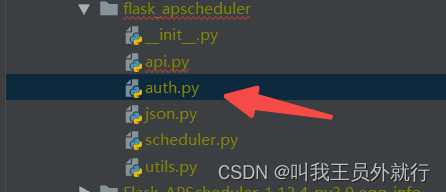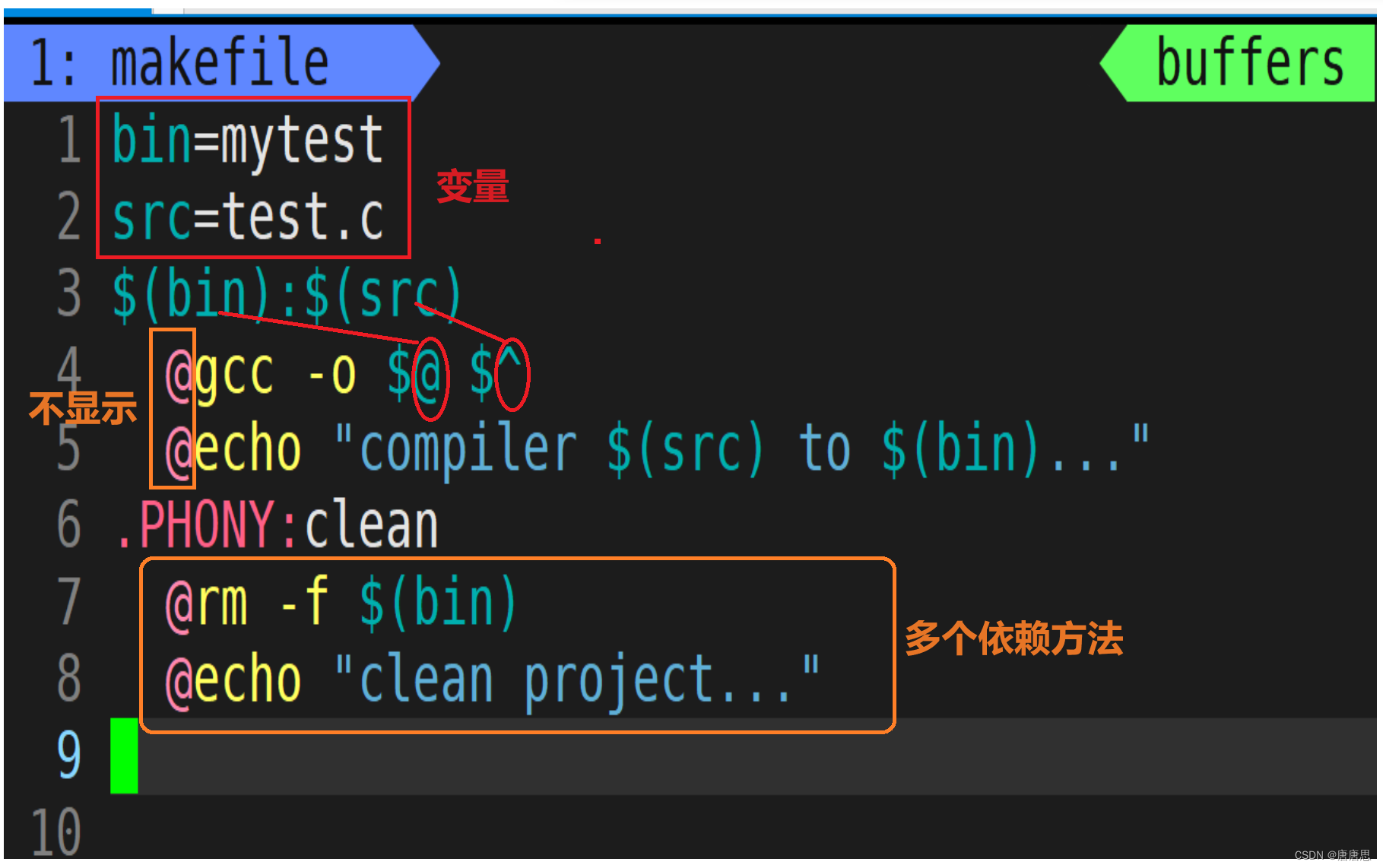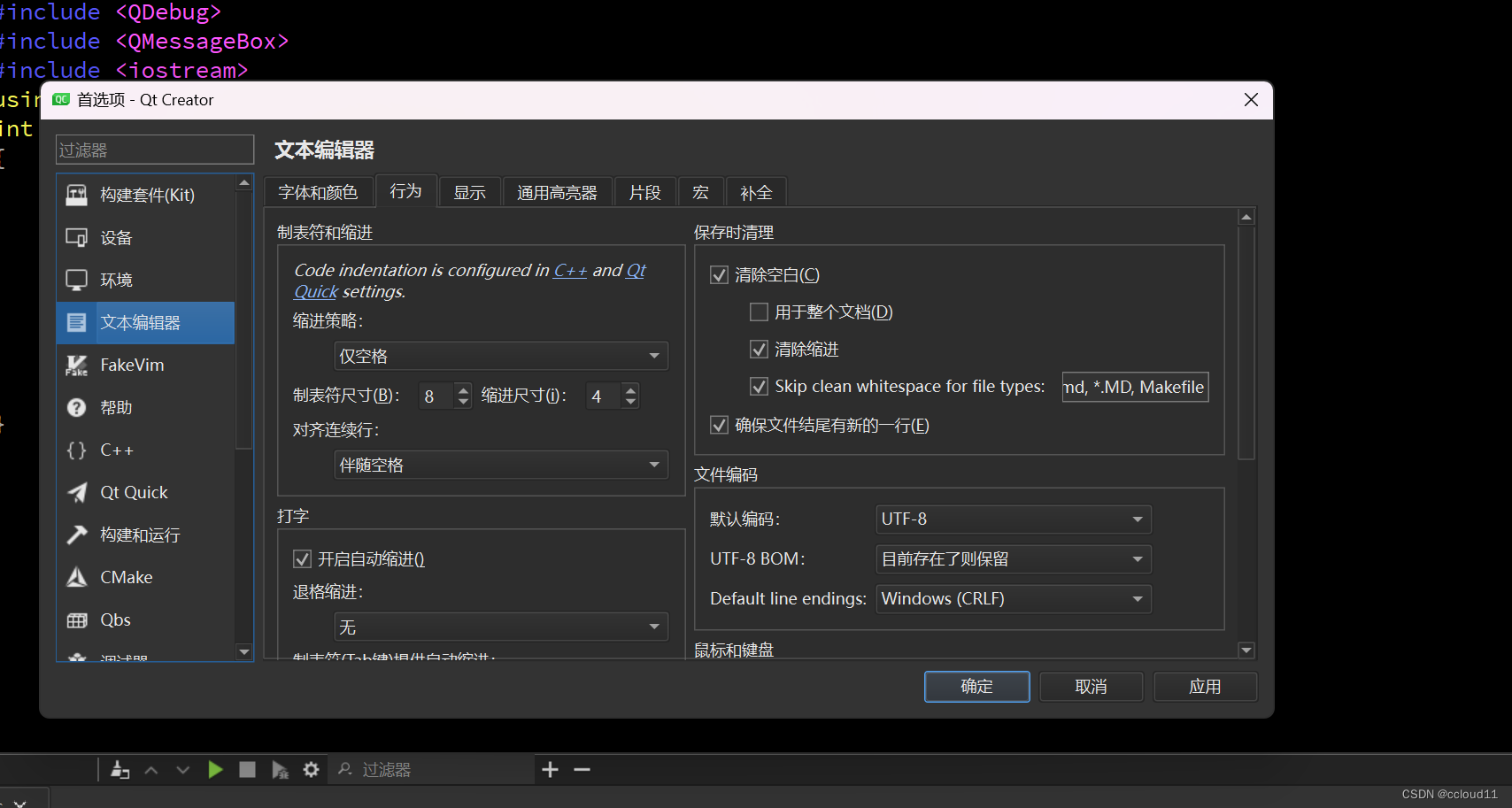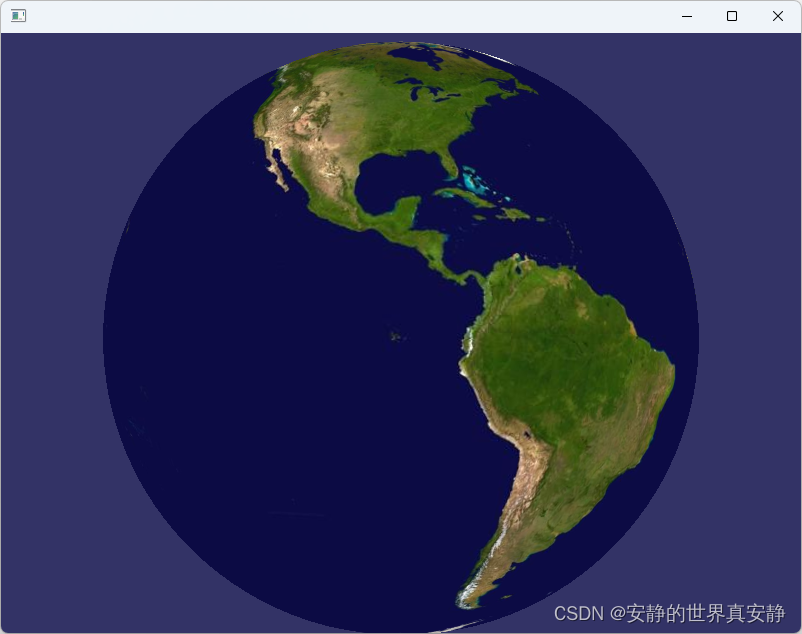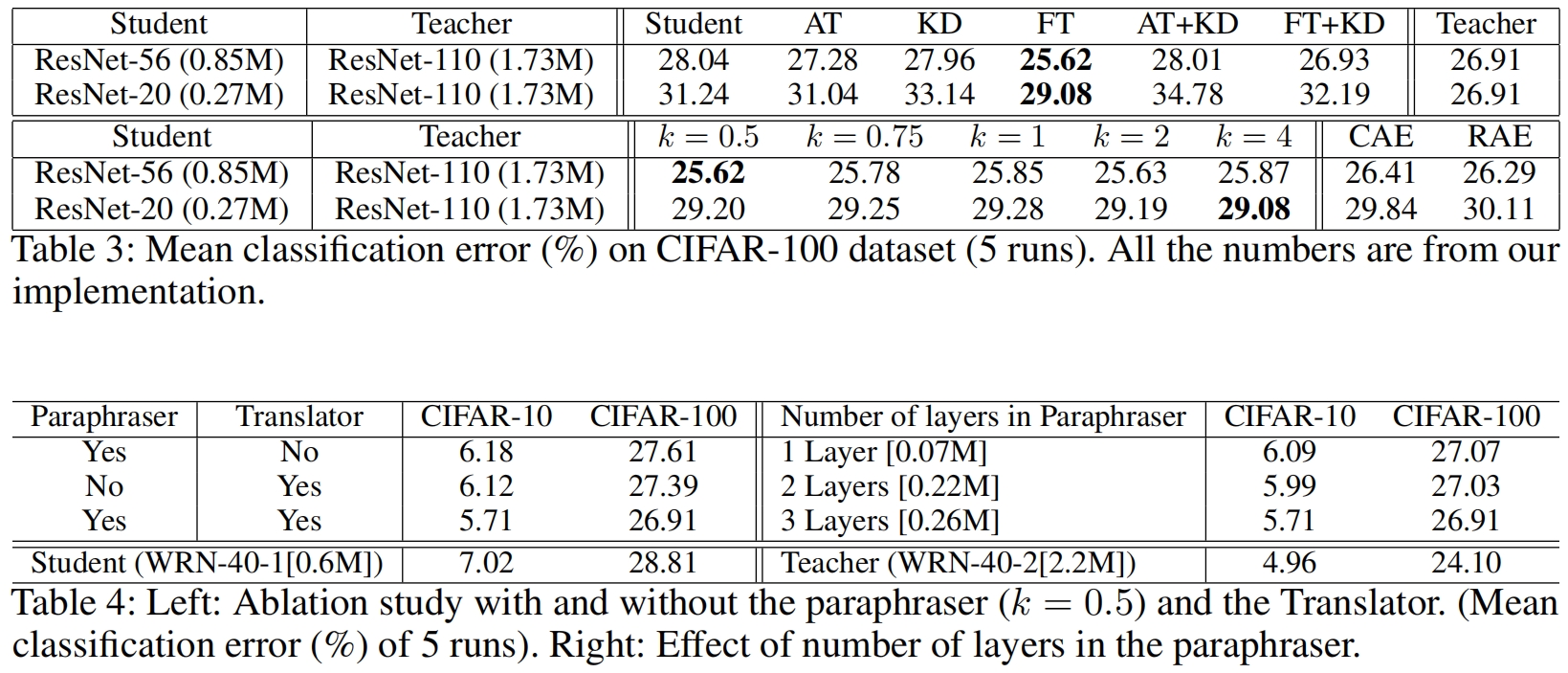Stream
认识Stream
- 也叫Stream流,是jdk8开始新增的一套API(java.util.stream.*),可以用于操作集合或者数组的数据。
- 优势:Stream流大量的结合了Lambda的语法风格来编程,提供了一种更强大,更加简单的方式操作集合或者数组中的数据,代码更简洁,可读性更好。
案例:体验Stream
需求:
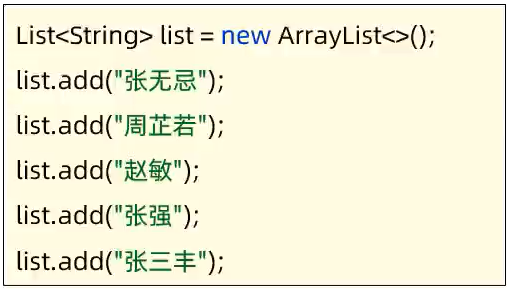
- 把集合 中所有以“张”开头,且是3个字的元素存储到一个新的集合。
import java.util.ArrayList;
import java.util.Collections;
import java.util.List;
import java.util.stream.Collectors;public class Test {public static void main(String[] args) {List<String> names = new ArrayList<>();Collections.addAll(names,"张三丰","张无忌","周芷若","赵敏","张强");System.out.println(names);List<String> list = names.stream().filter(s -> s.startsWith("张")).filter(a -> a.length()==3).collect(Collectors.toList());System.out.println(list);}
}
Stream流的使用步骤
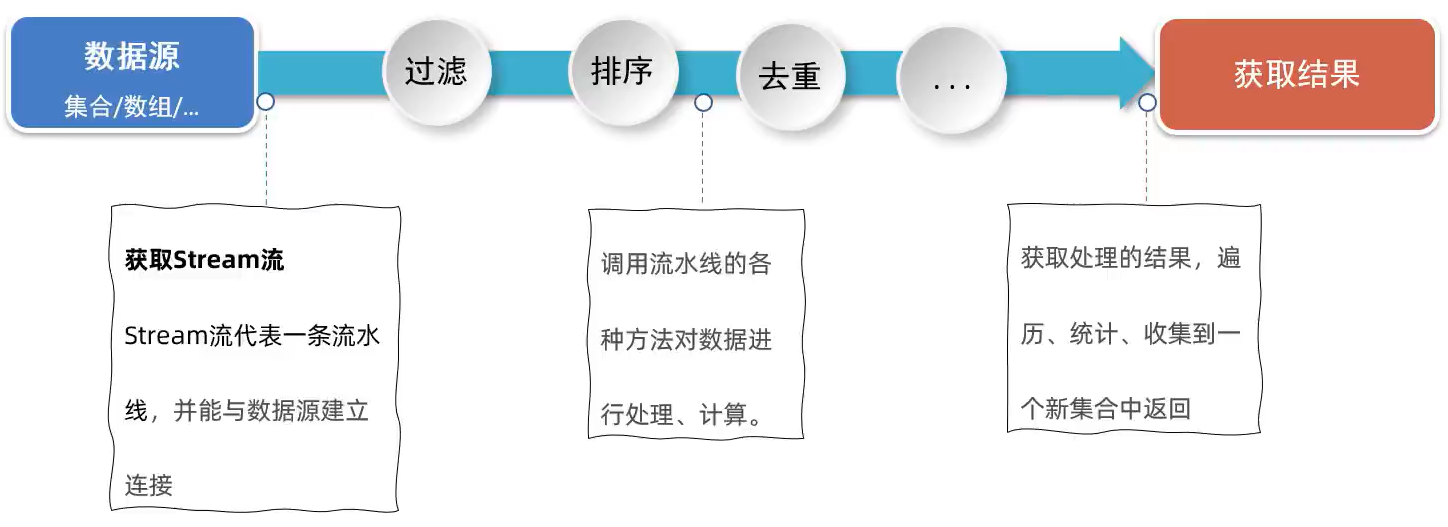
常用方法
1.获取Stream流
| Collection提供的如下方法 | 说明 |
|---|
| default Stream<E> stream() | 获取当前集合对象的Stream流 |
2.Stream流常见的中间方法
- 中间方法指的是调用完成后会返回新的Stream流,可以继续使用(支持链式编程)。
import java.util.ArrayList;
import java.util.Collections;
import java.util.List;
import java.util.stream.Stream;public class Test {public static void main(String[] args) {List<Double> scores = new ArrayList<>();Collections.addAll(scores,88.5,100.0,60.0,99.0,9.5,99.6,25.0);// 需求1:找出成绩大于60分的数据,并升序后输出scores.stream().filter(s -> s >= 60).sorted().forEach(s -> System.out.println(s));List<Student> students = new ArrayList<>();Student s1 = new Student("张三",26,172.5);Student s2 = new Student("张三",26,172.5);Student s3 = new Student("李四",23,167.6);Student s4 = new Student("王五",25,183.5);Student s5 = new Student("赵六",35,167.0);Collections.addAll(students,s1,s2,s3,s4,s5);//需求2:找出年龄大于等于23,且年龄小于等于30岁的学生,并按照年龄降序排序students.stream().filter(s -> s.getAge()>=23 && s.getAge()<=30).sorted((o1, o2) -> o2.getAge() - o1.getAge()).forEach(s -> System.out.println(s));//需求3:取出身高最高的前3名学生,并输出students.stream().sorted((o1, o2) -> Double.compare(o2.getHeight(),o1.getHeight())).limit(3).forEach(s -> System.out.println(s));//需求4:取出身高倒数的2名学生,并输出students.stream().sorted((o1, o2) -> Double.compare(o2.getHeight(),o1.getHeight())).skip(students.size() - 2).forEach(s -> System.out.println(s));//需求5:找出身高超过168的学生叫说明名字,要求去除重复的名字,再输出students.stream().filter(s -> s.getHeight() > 168).map(Student::getName).distinct().forEach(s -> System.out.println(s));// distinct去重复,自定义类型的对象(希望内容一样就认为重复,重写hashCode,equals)students.stream().filter(s -> s.getHeight() >168).distinct().forEach(System.out::println);// 合并流Stream<String> str1 = Stream.of("张三","李四");Stream<String> str2 = Stream.of("王五","赵六");Stream<String> allStr = Stream.concat(str1,str2);allStr.forEach(s -> System.out.println());}
}
3.Stream流常见的终结方法
- 终结方法指的是调用完成后,不会返回新的Stream了,没法继续使用流了。
- 收集Stream流:就是把Stream流操作后的结果转回到集合或者数组中去返回
- Stream流:方便操作集合/数组的手段;集合/数组:才是开发中的目的
import java.util.*;
import java.util.stream.Collectors;public class Test {public static void main(String[] args) {List<Student> students = new ArrayList<>();Student s1 = new Student("张三",26,172.5);Student s2 = new Student("张三",26,172.5);Student s3 = new Student("李四",23,167.6);Student s4 = new Student("王五",25,183.5);Student s5 = new Student("赵六",35,167.0);Collections.addAll(students,s1,s2,s3,s4,s5);// 需求1:请计算出身高超过168的学生有几人long size = students.stream().filter(s -> s.getHeight() > 168).count();System.out.println(size);// 需求2:找出身高最高的学生,并输出Student s = students.stream().max((o1, o2) -> Double.compare(o1.getHeight(),o2.getHeight())).get();System.out.println(s);// 需求3:找出身高最高的学生,并输出Student ss = students.stream().min((o1, o2) -> Double.compare(o1.getHeight(),o2.getHeight())).get();System.out.println(ss);// 需求4:找出身高超过170的学生对象,并放到一个新的集合中去//流只能收集一次List<Student> students1 = students.stream().filter(a ->a.getHeight() > 170).collect(Collectors.toList());System.out.println(students1);Set<Student> students2 = students.stream().filter(a -> a.getHeight() > 170).collect(Collectors.toSet());System.out.println(students2);// 需求5:找出身高超过170的学生对象,并把学生对象的名字和身高,存入到一个Map集合返回Map<String,Double> map =students.stream().filter(a -> a.getHeight() > 170).distinct().collect(Collectors.toMap(a -> a.getName(),a -> a.getHeight()));System.out.println(map);Student[] arr = students.stream().filter(a -> a.getHeight() > 170).toArray(len -> new Student[len]);System.out.println(Arrays.toString(arr));}
}


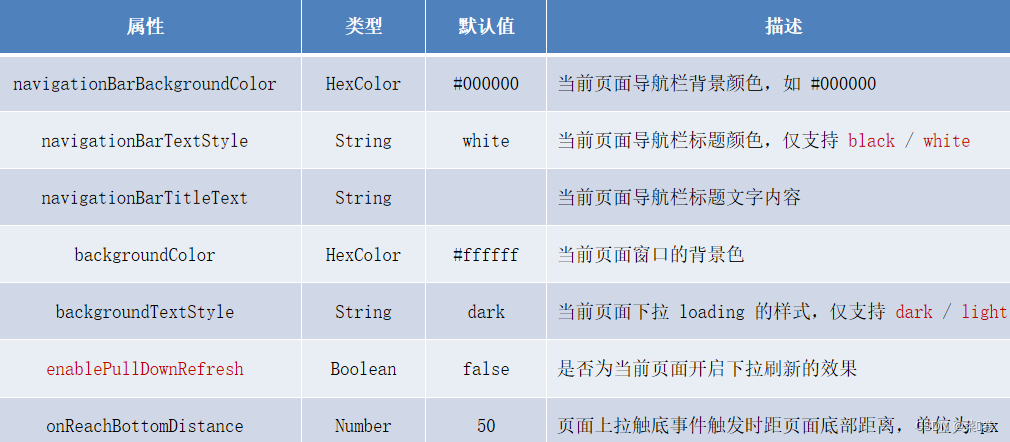
![[网鼎杯 2018]Fakebook1](https://img-blog.csdnimg.cn/direct/3419add55781416db25eecfb19ce7e22.png)

